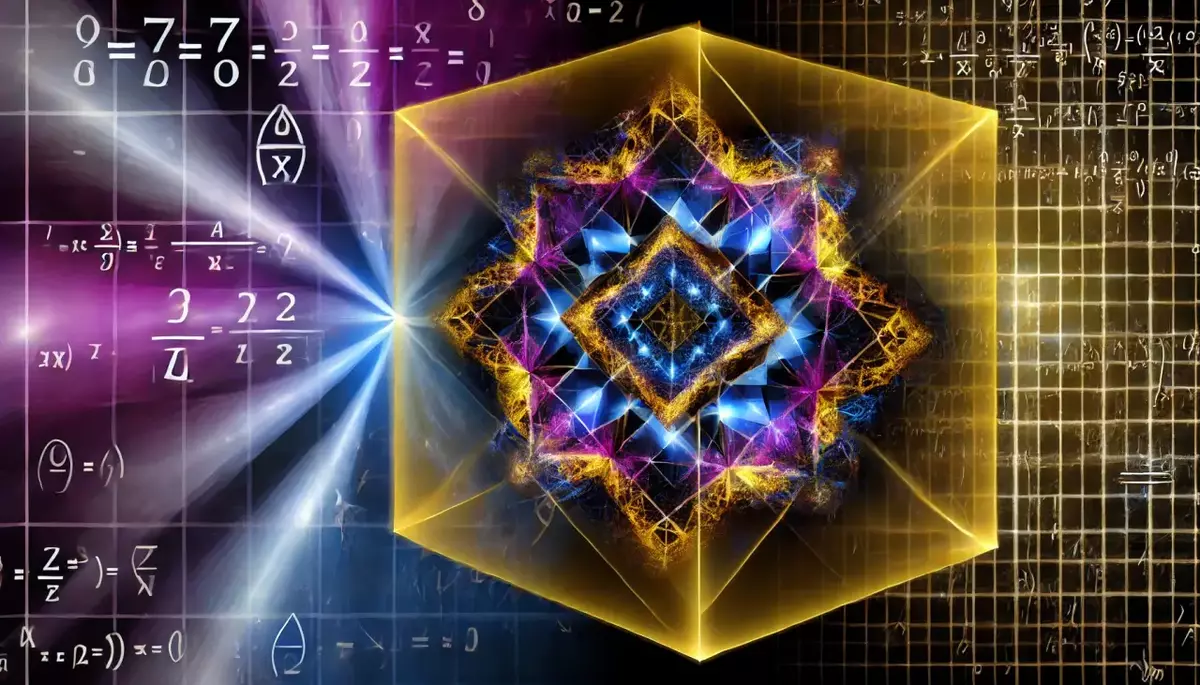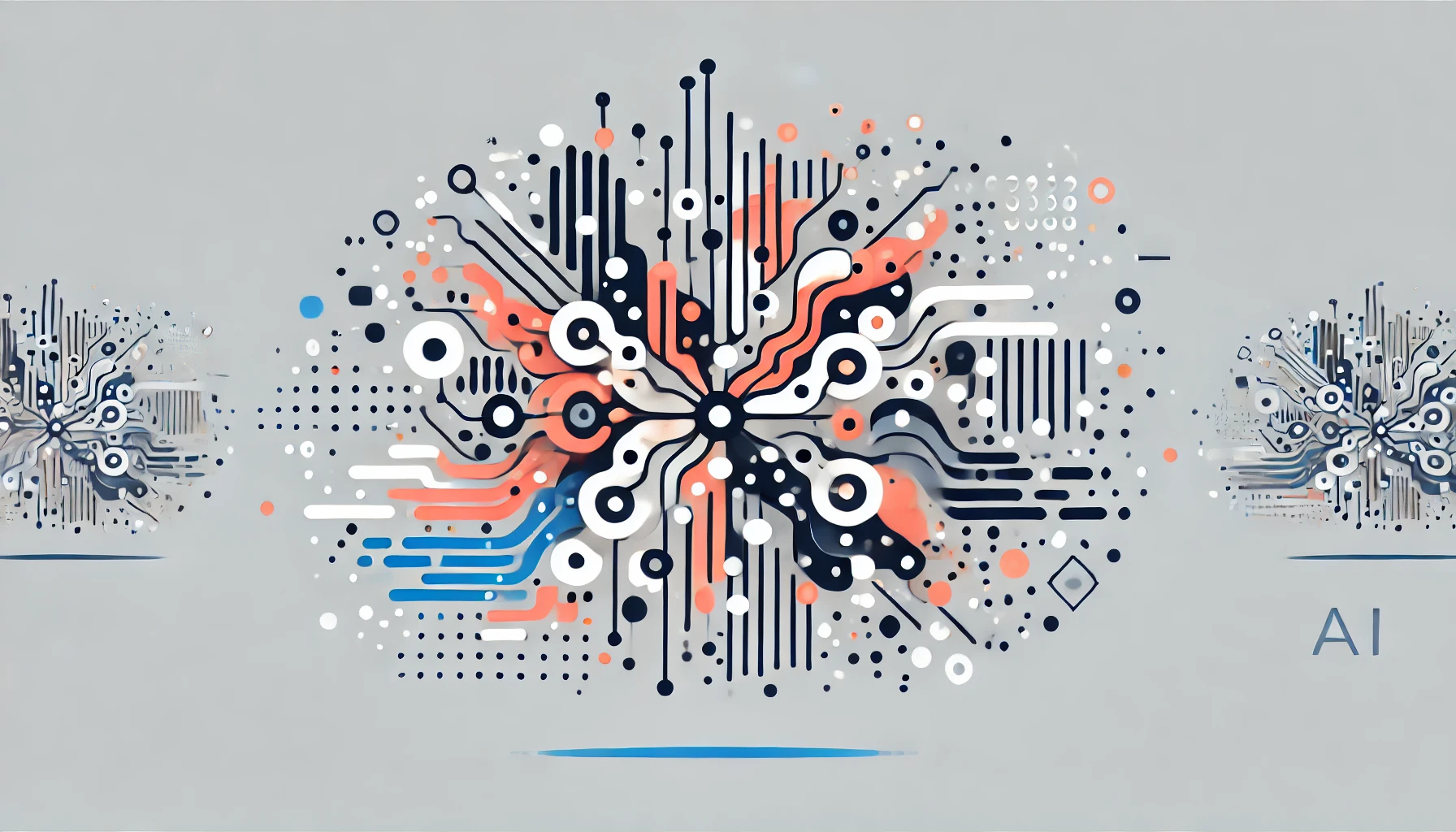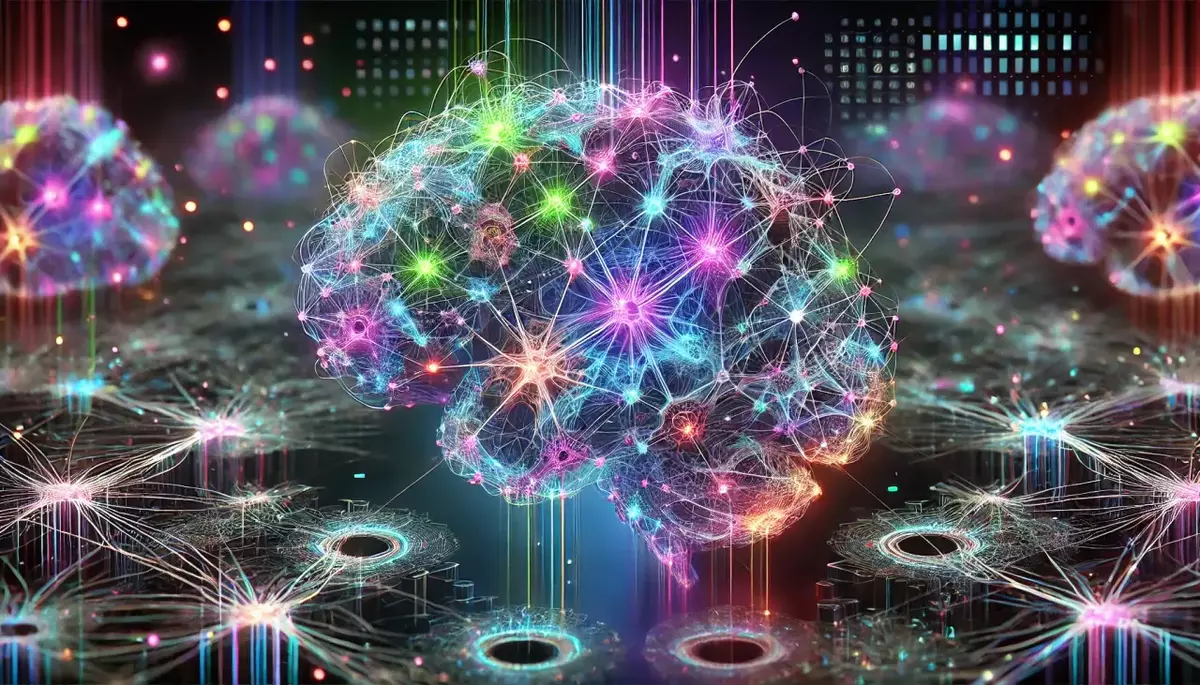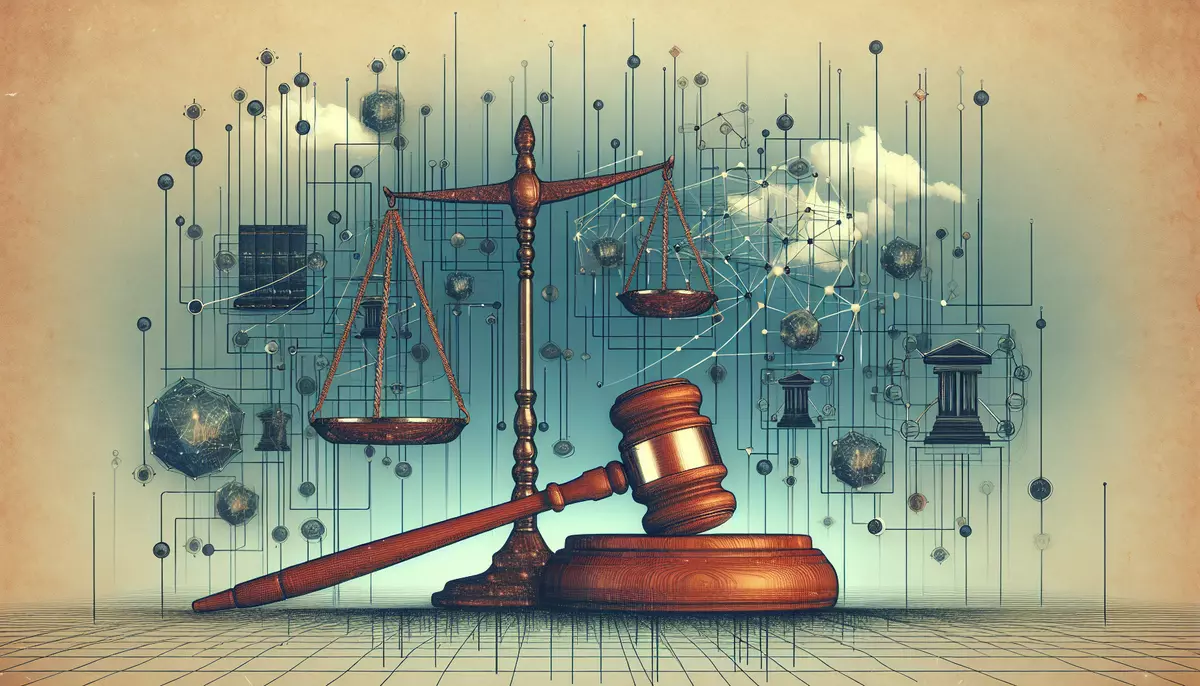Introduction
A mathematical object is an abstract concept arising in mathematics. In the philosophy of mathematics, the existence of mathematical objects is a subject of study and debate. These objects are not tangible in the physical world, but they are the foundation of mathematical theory and are essential for a wide range of scientific disciplines.
What is a Mathematical Object?
Mathematical objects include numbers, shapes, sets, functions, spaces, and more complex structures built from these, which are defined by their properties and the relations between them. They are idealized concepts that exist within the framework of mathematical logic and theory.
Key Characteristics of Mathematical Objects:
- Abstract: They do not have a physical form and exist independently of the human mind.
- Immutable: Their properties do not change over time.
- Non-empirical: They are not discovered through observation or experiment but through reasoning.
Types of Mathematical Objects
Mathematical objects can be categorized into several types, each with its own set of properties and operations:
Numbers:
- Natural Numbers (ℕ): Used for counting (1, 2, 3, …).
- Integers (ℤ): Include positive and negative whole numbers, including zero.
- Rational Numbers (ℚ): Can be expressed as the quotient of two integers.
- Real Numbers (ℝ): Include rational numbers and irrational numbers.
- Complex Numbers (ℂ): Include real numbers and imaginary numbers.
Structures:
- Sets: Collections of distinct objects.
- Sequences and Series: Ordered lists of objects and their summations.
- Functions: Mappings from one set to another that associate each element of the first set with exactly one element of the second set.
- Vector Spaces: Collections of vectors that can be scaled and added together.
Shapes and Spaces:
- Geometric Shapes: Objects with properties like length, area, and volume (e.g., circles, triangles, polyhedra).
- Topological Spaces: Points and sets of points with notions of nearness or continuity without necessarily having a distance defined.
- Manifolds: Spaces that locally resemble Euclidean space.
Other Objects:
- Groups, Rings, and Fields: Algebraic structures with operations like addition and multiplication.
- Graphs: Collections of nodes connected by edges, representing pairwise relations.
How Are Mathematical Objects Used?
Mathematical objects are used to model real-world situations, solve problems, and develop new mathematical theories.
Applications:
- Science and Engineering: Using calculus and differential equations to model physical phenomena.
- Statistics and Probability: Using numbers and functions to analyze data and make predictions.
- Computer Science: Using graphs and sets in algorithms and data structures.
- Economics: Using functions and fields to model economic behavior and markets.
Challenges in Understanding Mathematical Objects
Understanding mathematical objects requires a grasp of abstract thinking and logic. Challenges include:
- Conceptualization: Grasping the abstract nature of mathematical objects can be difficult.
- Complexity: Advanced mathematical objects can have intricate structures and properties.
- Learning Curve: Mastery of mathematical objects often requires a significant investment of time and study.
Best Practices for Studying Mathematical Objects
To effectively study and understand mathematical objects, one should:
- Learn the Language: Familiarize oneself with the notation and terminology used in mathematics.
- Start with the Basics: Build a strong foundation in basic mathematical concepts before moving to more complex objects.
- Practice Rigorously: Engage in problem-solving and proofs to deepen understanding.
- Study Collaboratively: Discuss and study with peers to gain different perspectives.
Future Directions in the Study of Mathematical Objects
The study of mathematical objects is an ever-evolving field, with new objects and theories continually being developed.
- Interdisciplinary Research: Applying mathematical objects to solve problems in other fields.
- Computational Mathematics: Using computers to explore properties of mathematical objects.
- Mathematical Philosophy: Examining the foundations and implications of mathematical object theory.
Conclusion
Mathematical objects are the foundational elements of mathematical theory and practice. They are essential for the advancement of science, technology, and many other fields that rely on quantitative reasoning. Understanding these objects is crucial for anyone looking to engage deeply with mathematics or its applications.
This knowledge base article is provided by Fabled Sky Research, a company dedicated to exploring and disseminating information on cutting-edge technologies. For more information, please visit our website at https://fabledsky.com/.
References
- Ebbinghaus, H.-D., et al. (1990). Numbers. Springer-Verlag.
- Halmos, P. R. (1960). Naive Set Theory. Van Nostrand Company.
- Munkres, J. R. (2000). Topology. Prentice Hall.
- Stewart, I. (1995). Concepts of Modern Mathematics. Dover Publications.
- Stillwell, J. (2010). Mathematics and Its History. Springer Science & Business Media.


























